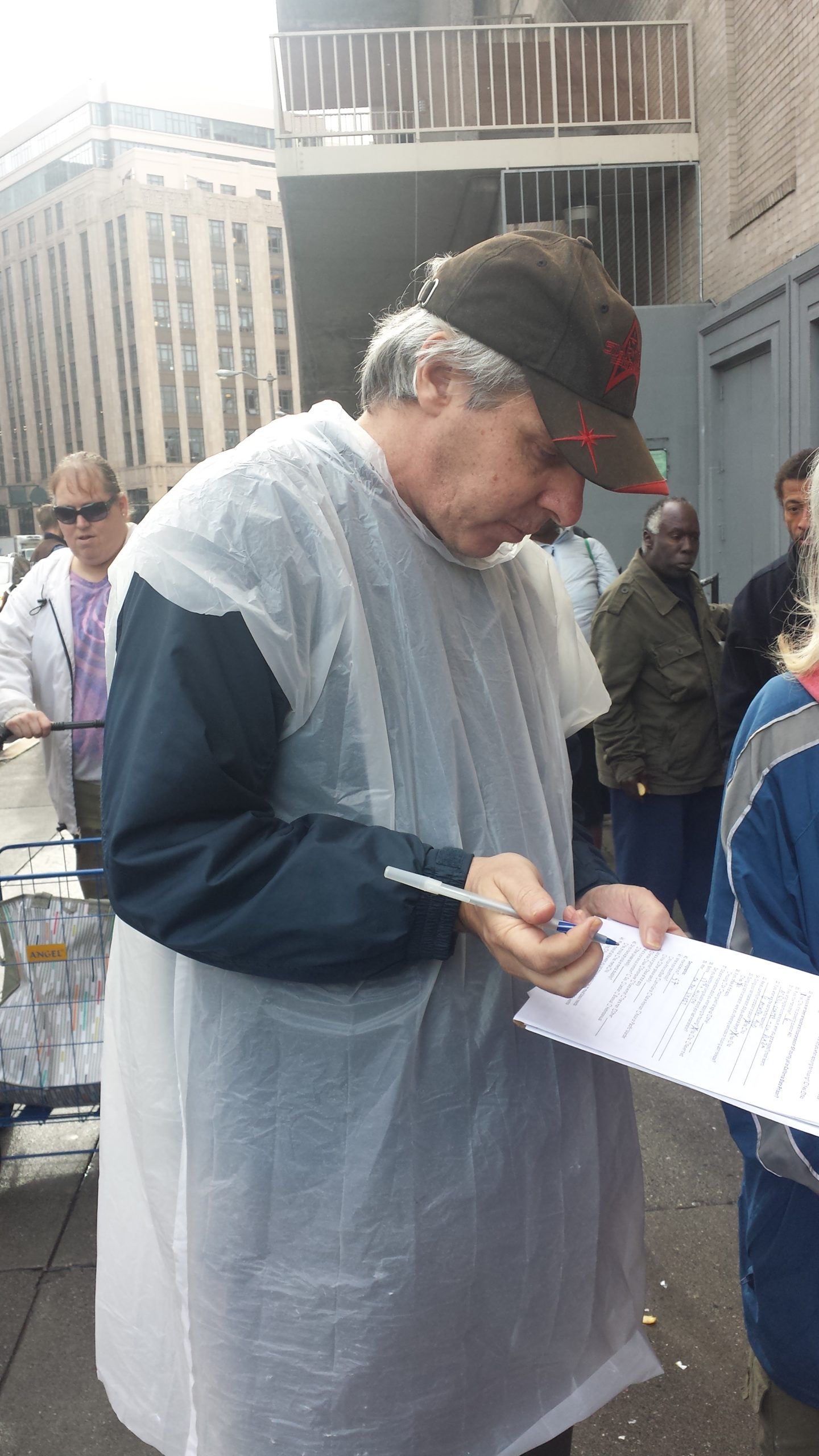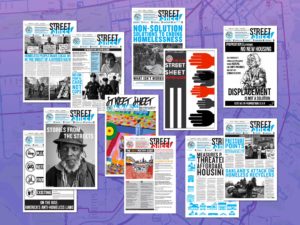Despite the city’s provision of approximately 200 safe campsites and its plan to reopen 1,000 shelter beds, thousands of unhoused San Franciscans are still without any form of shelter while San Francisco shelters in place during the COVID-19 pandemic. In light of this ongoing shortage of resources and safe shelter options for unhoused San Franciscans, the Coalition on Homelessness launches a campaign on How to be a Housed Ally to People Experiencing Homelessness.
Why I Quit the SRO Task Force and Why It Should Be Abolished
On Tuesday, October 20, Supervisor Matt Haney introduced legislation stating that all permanent supportive housing, where the vast majority of people exit homelessness, should have rents no more than 30% of income. This was lead by the #30RightNow Coalition, led by many of the affected tenants, plus organizations such as the Supportive Housing Providers Network, Homeless Emergency Service Providers Association (HESPA), Delivering Innovation in Supportive Housing (DISH), Episcopal Community Services,
PROP. C CARRIES THE DAY IN COURT
Meanwhile, advocates advise San Francisco on homelessness funding
“The Court of Appeal Decision stands. Proposition C is valid.
WE WONNNNNNNNNNN!!!!!!!!”
That was the announcement I received via Facebook Messenger on Wednesday, September 8 about Prop. C taking effect.
After almost two years, the measure known as “Our City, Our Home” can now live up to the promise of its name, affirming that I’m part of a city committed to housing homeless people and keeping them housed.
Outside and In
Over the past 10 years, San Francisco has gone through a thorough change of scenery, from artist weirdo hub to an odd suburbia parallel timeline. The kind of people that inhabit the city change the landscape and the city seeks to appease these people while maintaining its glory. Where you are on the tier systems of the city will shape how you view what’s working and what’s not. Here’s one person’s living example of moving through the system created to house or hurt San Francisco’s houseless populace.
Hot Spots and Cooling Systems Needed in Supportive Housing
As I write this, it is Labor Day, and I am struggling to get through this overly hot weekend, especially as a tenant in a 100+ year old building master-leased for formerly homeless folks. Furthermore, as the COVID-19 crisis continues, we are urged to stay at home, but what happens if home is too hot for us?
And speaking of COVID-19, as an activist, I must advocate for supportive housing rights remotely, but this often is complicated by the fact that Zoom meetings being data-intensive,




